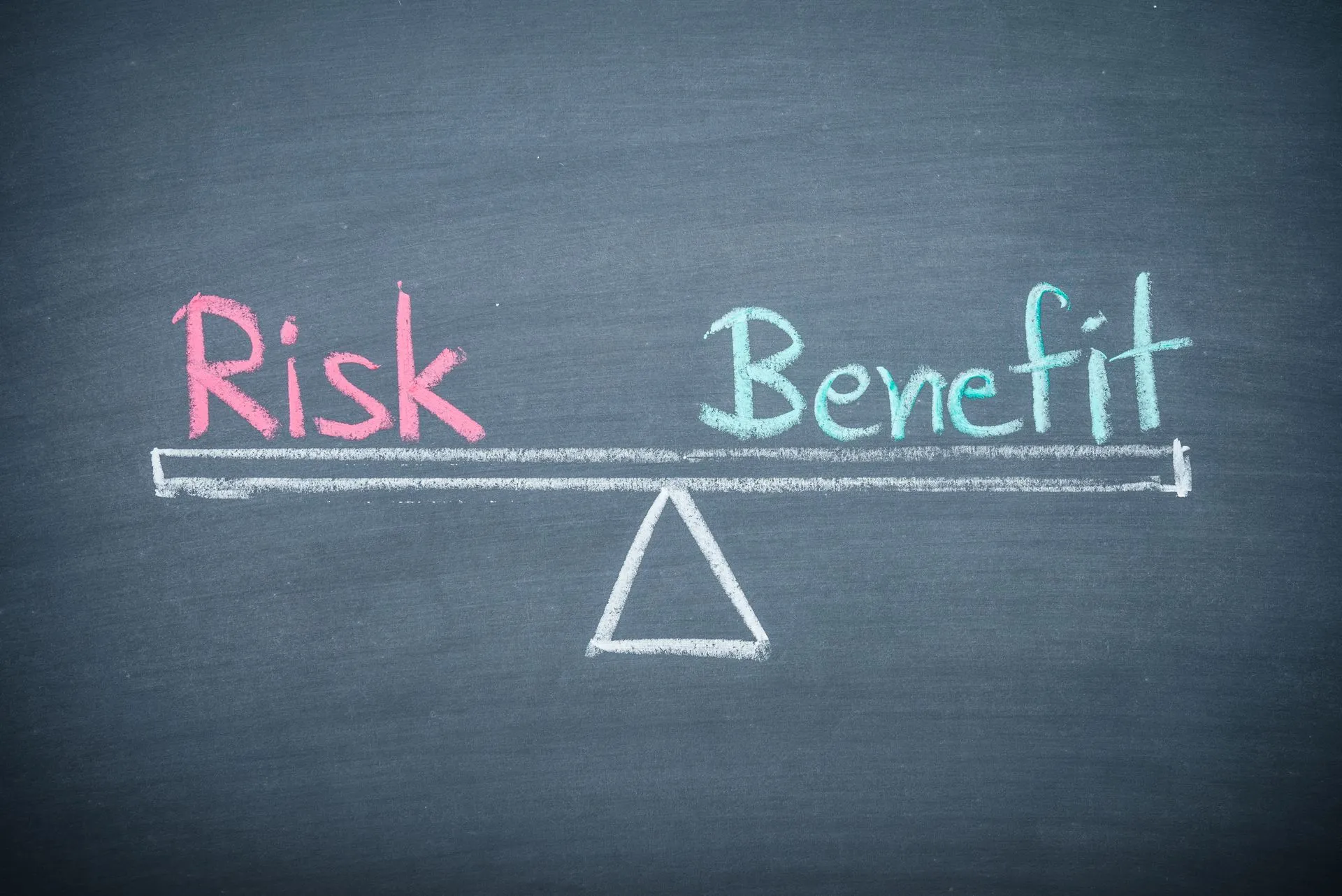
While risk-benefit analysis is typically associated with decision-making in business, healthcare and finance, it’s also relevant in the field of liability law. A risk-benefit analysis can be used in determining whether it’s possible to hold a business liable for injuries in a product liability claim. The outcome of a risk-benefit analysis may not correlate perfectly with the results of litigation, but it can help determine the feasibility of a claim.
The basic aim of the analysis is to determine both the risks and the benefits of a product and figure out if it meets expectations. At its core, a risk-benefit analysis is a balancing test to gauge whether the benefits outweigh the risks or vice versa.
Product Liability Cases
In product liability cases, both manufacturers and sellers must make sure that the benefits outweigh the risks of their product. If this is not the case, then the product may be considered unsafe and inappropriate for distribution and sales.
For example, if a newly released arthritis drug is causing liver damage, a risk-benefit analysis may be key to determining whether the pharmaceutical company should be held liable for resulting injury claims.
The risk is obviously liver damage, but it would be necessary to get a baseline of the percentage of patients experiencing the damage as well as the average level of damage. Those results would need to be weighed against the benefits of the drug. If it’s restoring pain-free mobility to many patients who struggled to live normal lives beforehand, the benefits may be considered great and potentially even outweigh the risks.
At that point, the plaintiff’s legal team, along with their experts, may attempt to show that there were safer alternatives available that would have accomplished the same goal without the liver damage. The pharmaceutical company may defend themselves by demonstrating no safer alternative existed when the drug was first developed.
Knowledge of the risk would also be key. The company may have evidence that they did proper testing, but the liver damage risk was not discovered until the product was released. Plaintiffs may argue the risk was known but wasn’t disclosed to patients and doctors. The case may hinge on whether plaintiffs can prove the risk was known (or should have been discovered) and was unreported or whether it was discovered after release.
There is a degree of personal accountability in these scenarios as well. Was the patient informed of the risk for liver damage yet took the drug anyways? Did the benefit of pain relief outweigh the risk? Or was the side effect not listed, or was its likelihood downplayed?
All of the above factors could play into the balancing test. There are scenarios where, in a perfect world, the pharmaceutical company would have done things differently, but the benefits still outweigh the risks. Conversely, plaintiffs may prevail if they compile a compelling case showing that, despite the benefits, the risks made the drug too dangerous for sale.
Factors Influencing Ohio’s Risk-Benefit Analysis
Certain factors play an important role in influencing the risk-benefit analysis to determine whether or not the product’s benefits outweigh its risks.
- Product Design and Safety: Were there alternative solutions to mitigate risk without compromising function?
- Warning Labels and Instructions: If a product does contain risks that cannot be prevented, were warning labels and instructions provided and clear?
- Consumer Expectations: Should the average customer reasonably expect a certain degree of safety or is the risk of the product implicit in its function and warnings?
Challenges and Considerations of a Risk-Benefit Analysis
A risk-benefit analysis comes with certain challenges and considerations that impact the consumer, manufacturer and legal professionals including:
- Expert Testimony: Testimony given by experts of the product may provide insights into the industry standards, alternative designs and if any measures could have been taken to reduce risks of the product.
- Complex Legal Landscape: Legal professionals who understand personal injury litigation can help build a strong product liability case as they are aware of the complexities of a risk-benefit analysis.
- Evolving Standards: It’s important for product liability attorneys to stay up to date on changing standards within certain consumer product fields and precedents that may impact analysis and claim outcomes.
Have You Been Injured By a Dangerous Product in Ohio?
If you have been injured by a dangerous product in Ohio, the team at the Buckeye Law Group is here to guide you. Our seasoned professionals understand the complexities of risk-benefit analysis and are committed to advocating for your rights.
Take the first step by giving us a call at 1-800-411-PAIN to schedule your free consultation or fill out the form here on our website today.
Understanding Liability in Railroad Worker Accidents
Working on the railroad remains one of the most dangerous jobs in America. Between moving equipment, heavy machinery, and exposure to hazardous materials, the risk of injury is substantial. When
Legal Options for Victims of Red Light Accidents
Every driver knows that red means stop—but when someone chooses to ignore that basic rule, the results can be devastating. Red light accidents are among the most violent and deadly
Motorcycle Accident Claims: What Injured Riders Need to Know — Q&A with Buckeye Law Group
Q: Why are motorcycle accidents often more serious than car accidents?Motorcyclists are far more vulnerable on the road due to their lack of physical protection. When accidents happen, the injuries
Stroke Misdiagnosis: When Delay in Care Becomes a Life-Threatening Mistake
A stroke is one of the most urgent medical emergencies a person can experience. When recognized early and treated promptly, the damage caused by a stroke can be minimized or
Understanding Nerve Injuries Caused by Medical Malpractice: Q&A with Buckeye Law Group
Q: How serious are nerve injuries caused by medical negligence?Nerve injuries can be devastating—not just physically, but also emotionally and financially. They often lead to long-term disability, chronic pain, and
Why Running Red Lights Is One of the Deadliest Driving Behaviors
Every day, reckless drivers put lives at risk by running red lights. This dangerous driving behavior is responsible for thousands of serious injuries and fatalities each year. If you or
How Railroad Crossing Negligence Leads to Fatal Accidents
Railroad crossings are some of the most dangerous intersections on the road. When safety precautions fail due to negligence, tragic accidents can occur, often resulting in catastrophic injuries or fatalities.
Shoulder Dystocia: Birth Injury Risks and Legal Options
Shoulder dystocia is a serious birth complication that occurs when a baby’s shoulder becomes trapped behind the mother’s pelvic bone during delivery. This emergency situation can lead to nerve damage,
Medication Errors: Understanding the Risks and Legal Options
Medication errors are a serious issue in healthcare, causing thousands of injuries and deaths each year. Whether it’s a doctor prescribing the wrong drug, a pharmacist mislabeling a bottle, or
How Red Light Cameras Help Prevent Intersection Crashes
Intersections are some of the most dangerous areas on the road. Every year, thousands of accidents are caused by drivers who run red lights—often leading to serious injuries or fatalities.
